Quelqu’un par terre
sound installation with 7 speakers
2005
solo exhibition Un soulagement, La Compagnie, Marseille, 2009 (cur. Paul-Emmanuel Odin)
solo exhibition Quelqu’un par terre, L’Arsenic, Lausanne, 2007 (cur. Marie Jeanson)
solo exhibition Quelqu’un par terre, Transpalette-Emmetrop, Bourges, 2005 (cur. Jérôme Poret)
version with 11 speakers
solo exhibition Quelqu’un par terre, Nuit Blanche, St Roch church , Paris, 2009 (cur. Michel Brière)
Quelqu’un par terre (Someone on the ground) – version with English subtitles
exhibition Stutter, Level 2 gallery, Tate Modern, London, 2009 (cur. Vanessa Desclaux and Nicholas Cullinan)
solo exhibition Quelqu’un par terre, gb agency, Paris, 2007
Les heures creuses

version with 11 speakers
The installation called Quelqu’un par terre is made up of three sound parts which are secretly linked together (one sound concealing another) and emitted in three open adjacent spaces, with different acoustics and characteristics.
In this installation deployed in several spaces chairs splinters hide raised voices. The visitor has to move from a space to another to listen to these voices which can only be heard once some sills crossed. Then, this phenomenon happens in the visitors’ ear: a metallic chair falling in turn produces a sequence of words. The visitors movement permits to discover the two terms of the binomial speech/noises. This movement keeps the visitor free to chose the listening point: on one side, on the other, or in the middle. When voices appear, a narrative emerges, links are revealed.
Each sentence is linked to a chair splinter. Each of the chairs splinters is linked to a sentence which has exactly the same duration, the same progression, the same cutting : “ta-ta-ta-ta” = “quel-qu’un-par-terre”, “ta-ta-ta-ta-ta” = “tout-est-ou-bli-é”, which creates a succession of two sided sequences. Mimesis is only revealed by the fragments precise choice and an editing operation, a combination disassociated during the installation. Different spaces and diffusion systems used for each sound accentuate this disassociation. In the first large opened space with the resonating acoustics height speakers on the ground diffuse the chairs splinters, diagonally, on both aisle sides. In the last space, more confined, with muffled acoustics (the final chapel), only one speaker on a pedestal diffuses voices (comments, digressions about a body lying on the ground).
It produces a duality between the visitors relation to what they perceive: in a side (the nave) they can cross a sound field, in the other side (the chapel), they can move away or closer from a localized point. The first space strong resonance produces an echo, a second sound extending each chairs splinter, sounding through the silence. And the visitors keep earing it even once they move away from the field. And by the synchronism set, when they move close to the voices, the echo becomes the sentences’one, associated as a shadow.
A third sound is staged in a third intermediate space: the wind. Registered by a stormy day, the wind squeezes in the space, under doors, and make architecture sing. Unlike the two others it’s an ongoing sound which fluctuate and insinuate, never interrupted with silences.
One possible summary of Quelqu’un par terre would be: a talking chair, sentences fall, the wind which sings.
excerpt
extrait
hiuhuu
hiuhuu



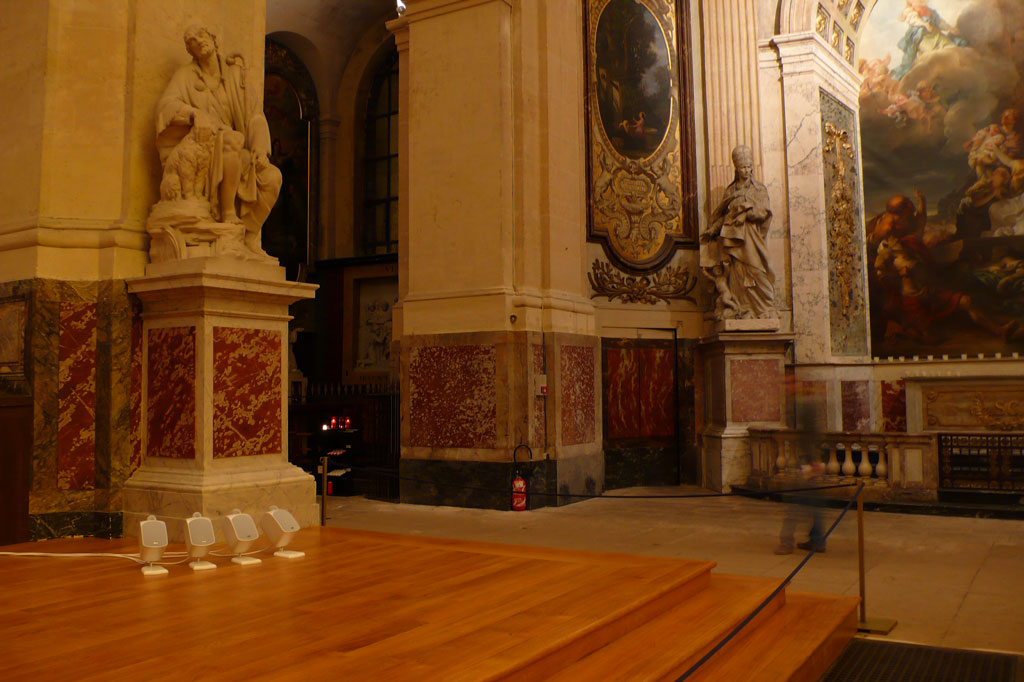

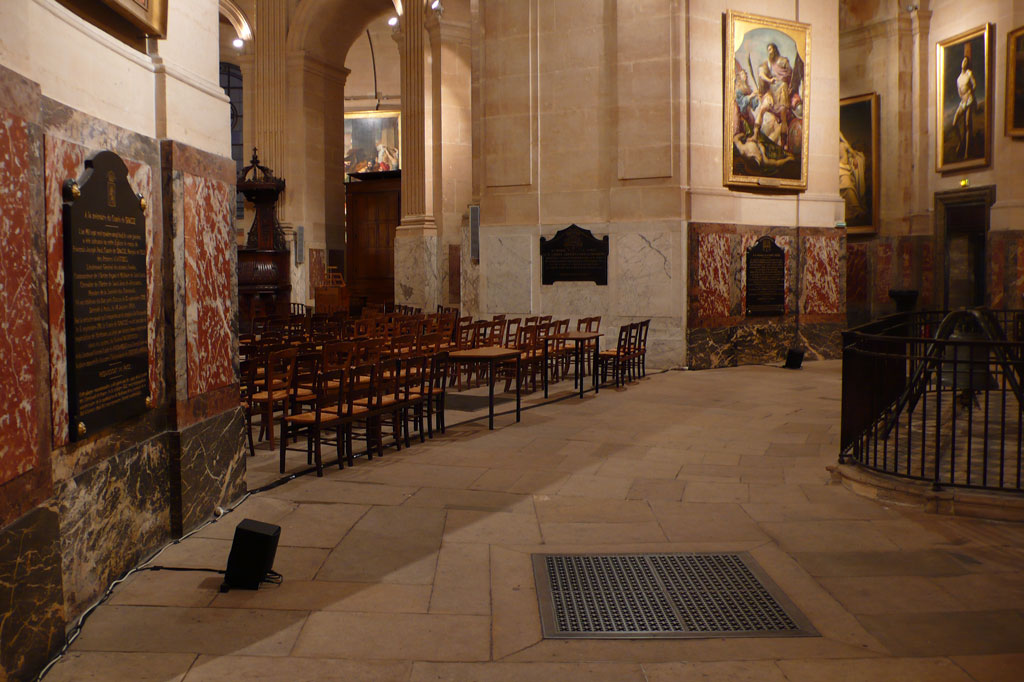



Nuit Blanche, St Roch church, Paris, 2009 – photos Julien Crépieux

In this version of the installation, the four speakers for the metal chairs clanking are in a sloping position in a first large space. As for the voices, they are emitted from a mezzanine which, for the occasion, has been turned into a muffled and protected space. The wind is emitted from behind invisible wings.
extrait
extrait

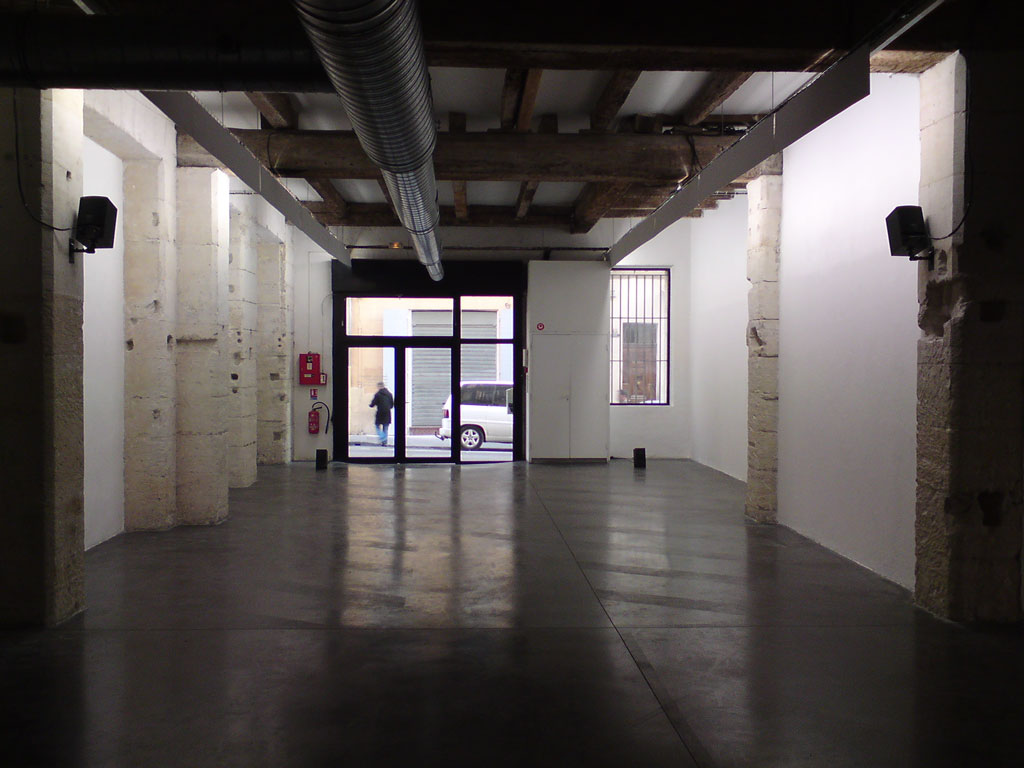




La Compagnie, Marseille, 2009 – photos D.P.po, La Compagnie, Marseille, 2009 – photos D.P

Here the installation is located in a former atomic shelter, a network of nine very sonorous underground spaces, very reverberant, in a row and linked together by one opening only. Metal sounds bounce from wall to wall and mark the way to the hidden voices. Only the last space, where the voices are, abutment of the tour, is muffled (insulation) and plunged in darkness.
extrait
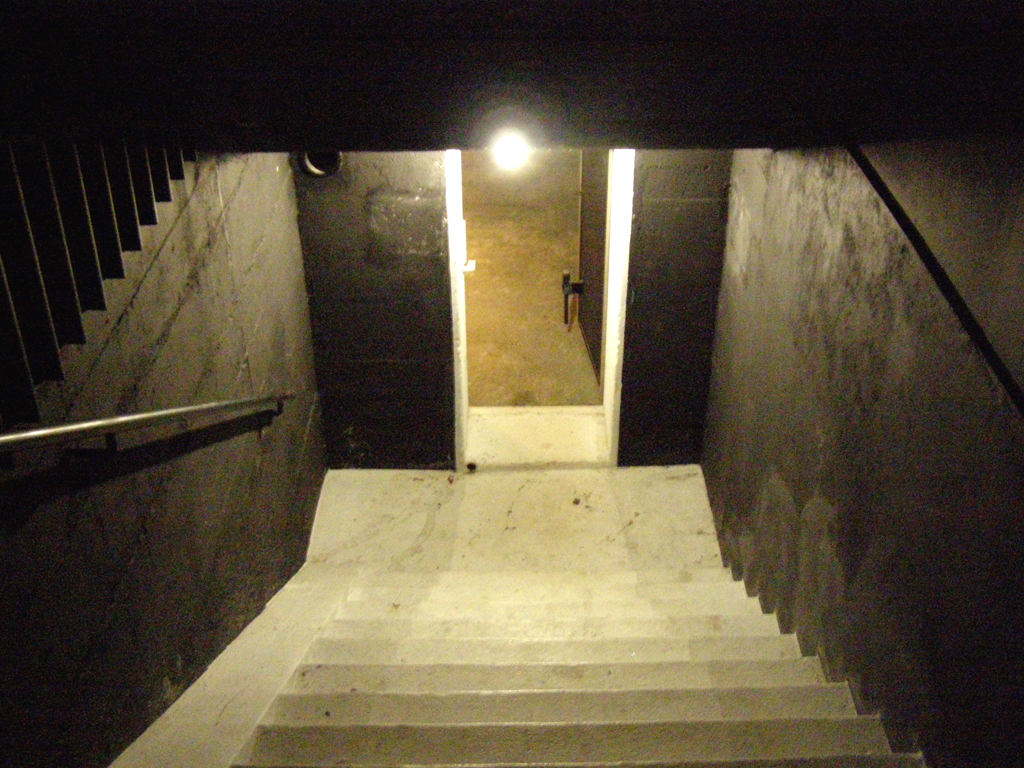
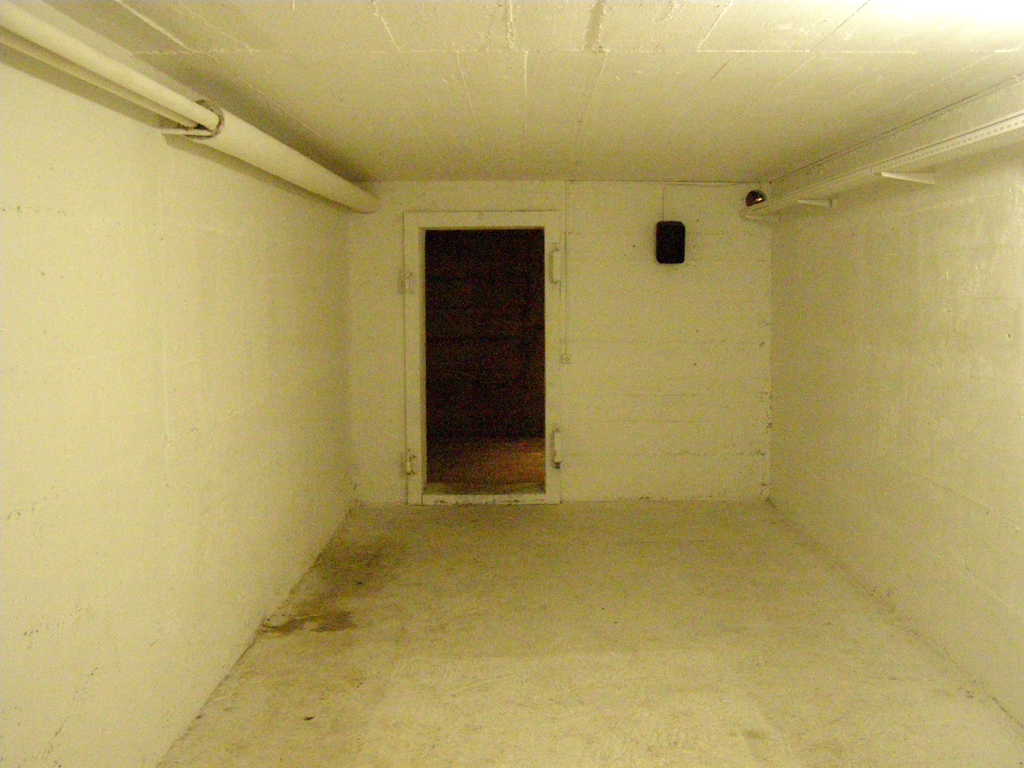


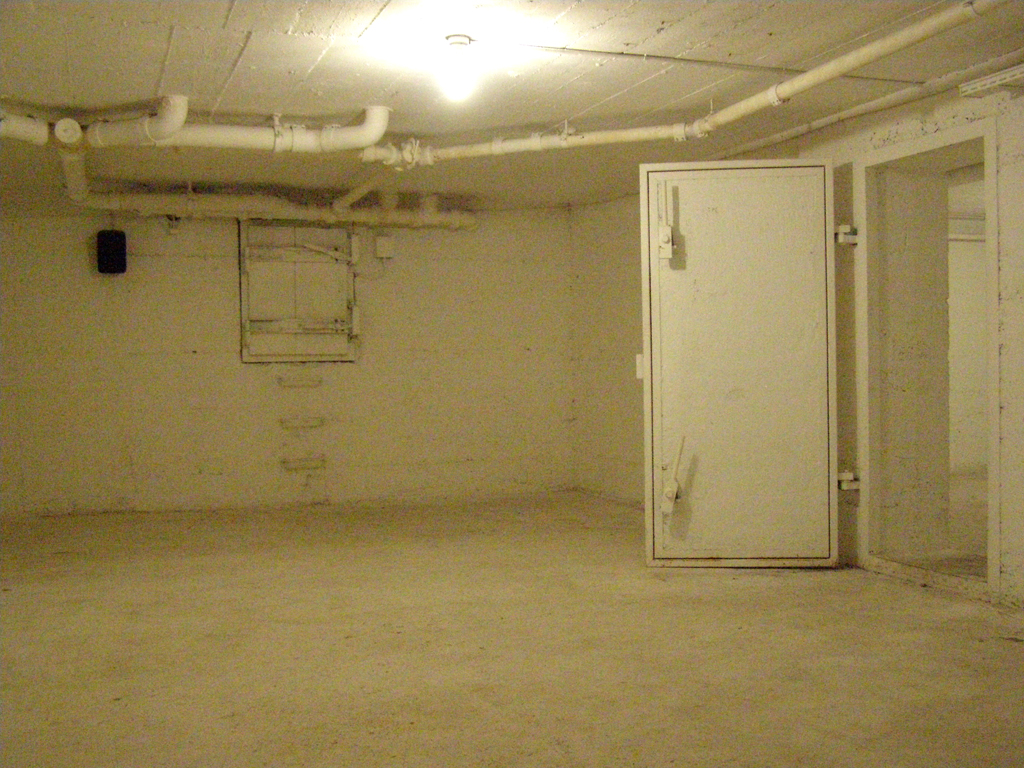


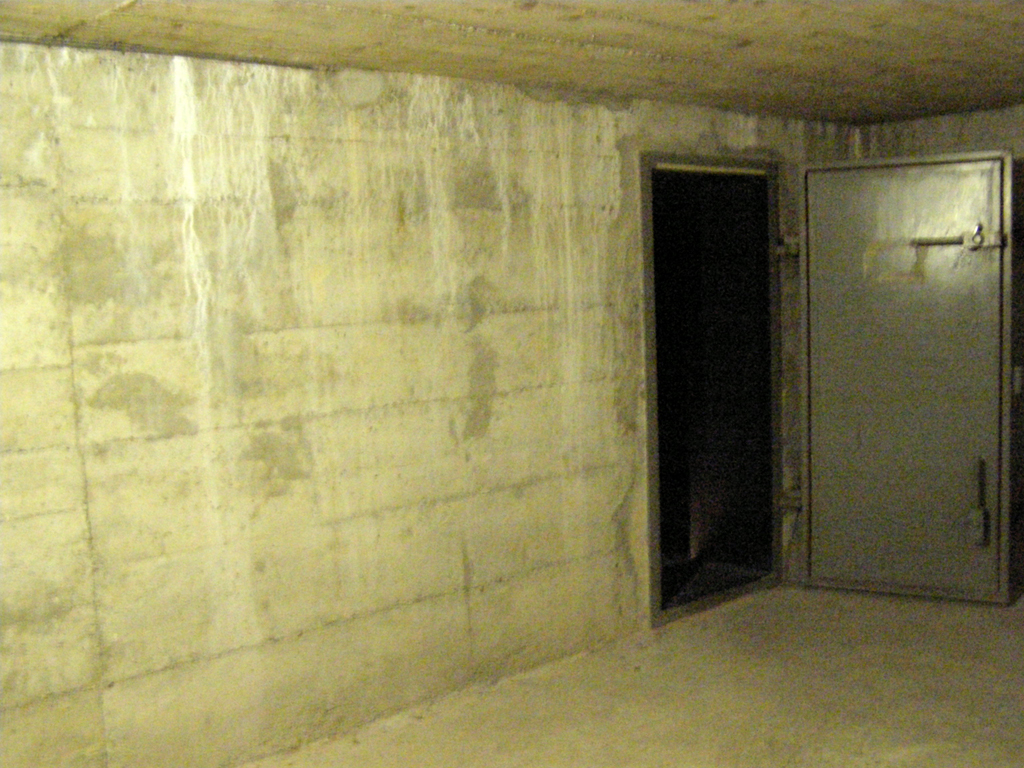

L’Arsenic, Lausanne, 2007 – photos D.P.Lausanne, 2007 – photos D.P.exposition personnelle, L’Arsenic, Lausanne, 2007 – photos D.P.

This first version of the installation takes up a whole building, on three floors opened the ones onto the others (second and third floors used as gangways).
On the ground floor, a reverberating space, there are four speakers hanging on the walls for the metal chairs clanking. On the second floor, in a side room, there is a concealed speaker: the wind snakes its way all over the building. On the third floor, a muffled space, there is a speaker for the voices (which can be heard only once upstairs) which is mounted on a pedestal.
extrait
hiuhuu






Transpalette, Emmetrop, Bourges, 2005 – photos D.P.

version with subtitles
Quelqu’un par terre (Someone on the ground).
In this version for non-French-speaking countries, the sound stays the same (voices in French).
A first part, using two speakers mounted near the floor against the walls of the entrance, allows the sound of the wind to be heard. A second part uses four speakers set up high against the walls of the main large and sonorous space. Like echoes, sharp sounds of the metal chair broken with silences are being heard bouncing from one wall to another. Farther away, in a more limited space that is being discovered in a second time, a third part emits the voices from a unique speaker mounted on a pedestal and in an indirect position.
When the visitor hears the voices, a story appears and connections are revealed. Each sentence is associated with a clank, like a shade, a twin sound, an echo.
On a small side, fourth part of the installation, intermediate step before the voices, a video screen hanging on a wall at eye level shows subtitles, a synchronous written translation of the words being heard.
English translation by Miles Hanki.










Level 2 gallery, Tate Modern, London, 2009 – photos D.P.
extrait

version with subtitles
In this version with translation of the installation, the space has first been cut into four parts. A sonorous space (first room for the clanking), a passageway (corridor for the translation subtitles), a small muffled room plunged in darkness (for the voices) and the wings (offices, for the concealed wind).
extrait
extrait


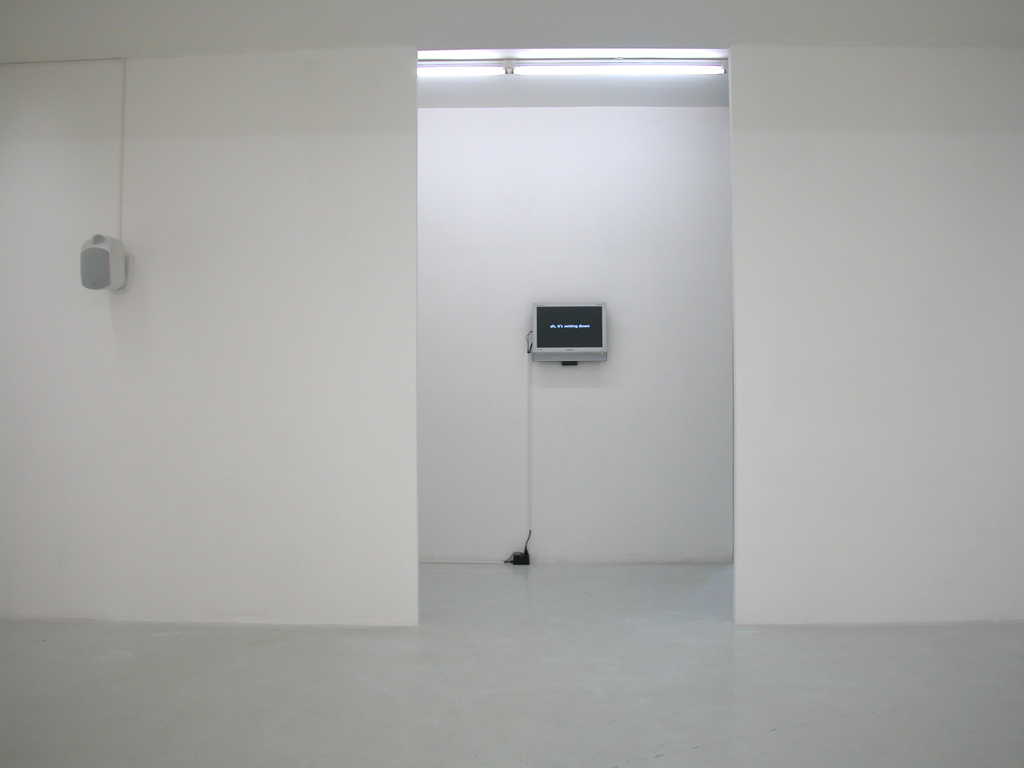
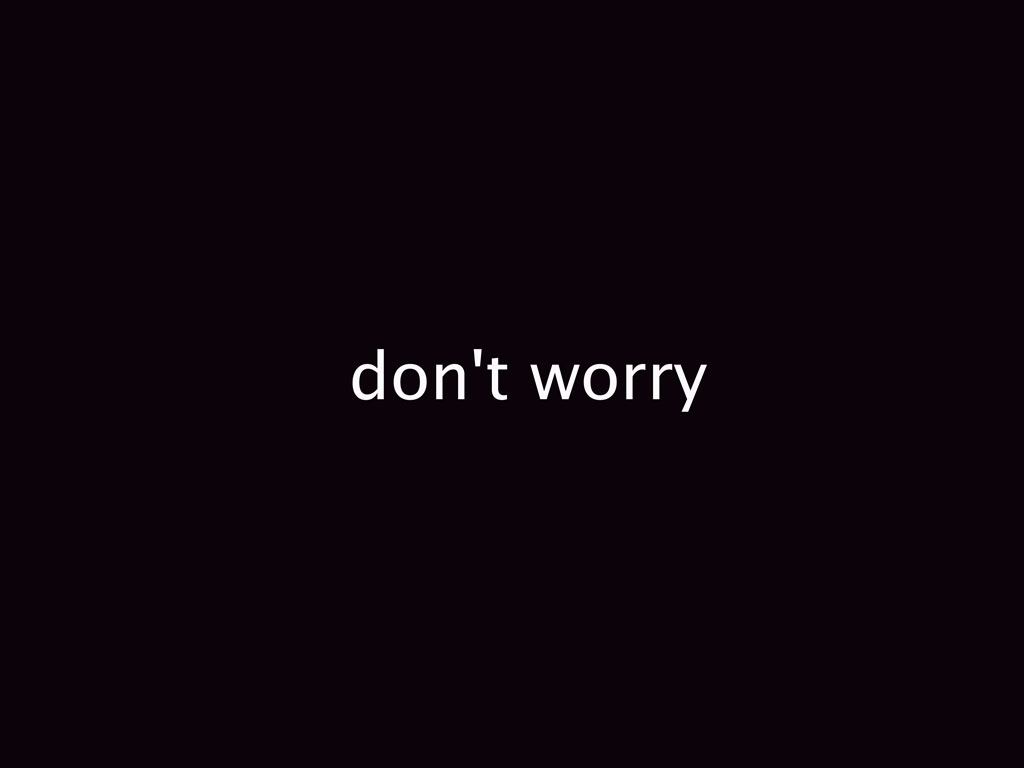


gb agency, Paris, 2007- photos D.P.
dddd
about
– texts by Anne-Lou Vicente and Dominique Petitgand, Revue Volume n°1, 2010, Fr./En.
– interview with Vanessa Desclaux in book Installations (documents), 2009, En.
– text by Kim West, press article artforum.com, New York, December 2006, En.
– text by Manuel Cirauqui, press article Lapiz n°229, Madrid, January 2006, Span.
ffff